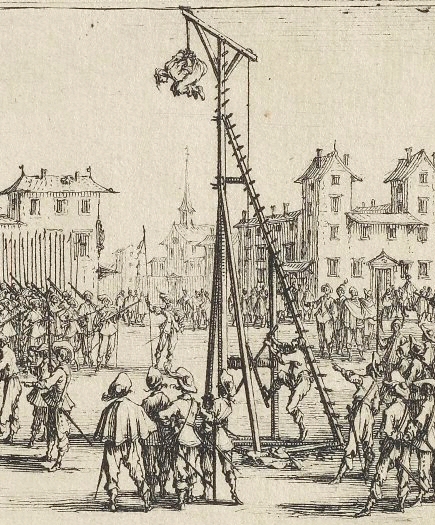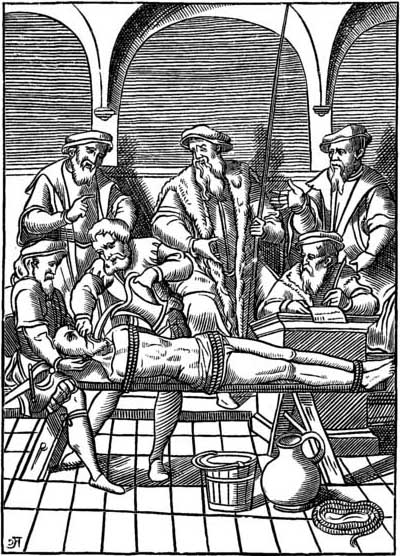Medieval times, the period roughly between the 5th and 15th centuries AD, was an epoch of significant social, political, and technological changes. But beneath this transition was an underbelly of heinous practices, among which the use of torture methods stood out. Medieval society, with its intertwining complexities of power, punishment and confession, led to the emergence of horrifying methods of torture, some of which we cover below.
The Rack
Perhaps one of the most notorious torture devices was the Rack. Made of a rectangular wooden frame slightly raised from the ground, its victim’s ankles were fastened to rollers on either end of it. As the interrogation progressed, the roller mechanism was used to retract the chains, causing an agonizing strain on the prisoner’s shoulders, hips, knees, and elbows, often resulting in dislocated joints and torn muscles.

The Strappado
The Strappado was another brutal technique. It entailed tying the victim’s hands behind their back and hanging them by a rope attached to their wrists. This method frequently caused shoulder dislocation. To enhance the suffering, additional weights were occasionally used, intensifying the agony.

Impalement
Impalement was another savage method of torture and execution, where an object (a pole, spear, hook or stake) would be driven through a human’s body. This brutal means of administering the death penalty was frequently employed for “crimes against the state.”

The Breaking Wheel
Also known as the Wheel of Catherine, the criminal’s bones were broken or they were bludgeoned to death. This method was popular until the early modern period, primarily in Europe.

The Boot
This was an instrument designed to cause crushing injuries to the foot and/or leg. One type consisted of four narrow wooden boards that were nailed together to encase the victim’s leg. Once the leg was enclosed, wedges were hammered in between the boards, creating immense pressure. This pressure would increase until the victim confessed or lost consciousness.

Water Cure
This was a torture form where the victim was forced to consume large amounts of water in a short time. This could result in gastric distension, water intoxication and potentially death. The stomach would fill until nearly bursting, and the process would sometimes be repeated after inducing vomiting.

Torture Chambers
Often built underground, these were intentionally designed to induce horror, dread and despair. These chambers were usually located in royal palaces, noble castles and even church buildings. Secret trap-doors could be activated to throw victims into dark dungeons where they were left to die.

These gruesome methods, along with countless others, paint a grim picture of the lengths human beings have historically gone to punish, control and instill fear.




